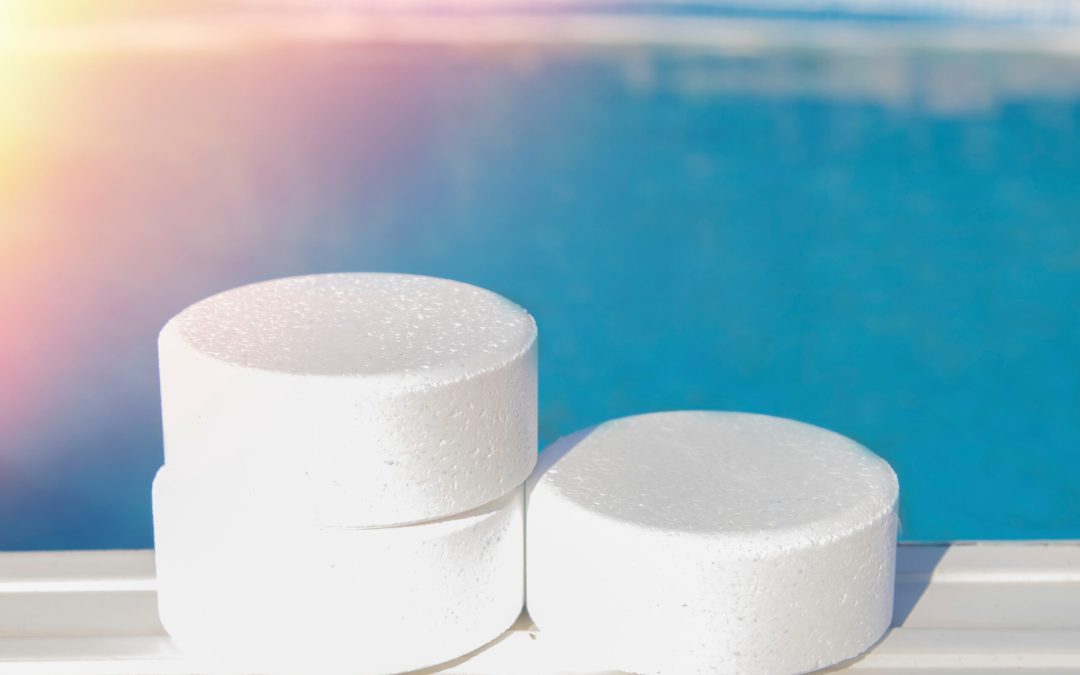Last Updated on September 30, 2022 by admin
Chlorine is a Lewis Base. The valence shell of chlorine consists of 7 electrons, so it generally exists as a chloride ion by gaining an electron pair while combining with other elements. Because it has a negative charge and three pairs of lone electrons, it is considered an electron-rich species. Thus, Cl- tends towards donating electrons. This makes it a Lewis base. However, Cl- has a high electronegativity, so it is considered a weak lewis base.
Table of Contents
- What is Chlorine?
- Cl- Lewis Acid vs. Base
- Is Chlorine Soluble in Water?
- Cl- and Lewis Acidity
- Concentration and Interaction With Other Ions
What is Chlorine?
Chlorine is a greenish-yellow gas at room temperature and one of the elements in Group 17 of the periodic table. It is the second halogen, preceded by fluorine and followed by bromine. All halogens are highly reactive nonmetals.
Cl- Lewis Acid vs. Base
When determining whether Cl- is a Lewis acid or base, it is first essential to understand what characteristics make a substance, either an acid or a base. A Lewis acid is “a substance that can accept a pair of electrons to form a covalent bond.” In contrast, “a Lewis base is a substance that can donate a pair of electrons to form a covalent bond.”
In order to accept electrons and form bonds, chlorine must be in one of its +3 oxidation states. The most common state for chlorine is -1, which cannot accept electrons. The +3 state of chlorine can be achieved by adding three electrons to chlorine gas, Cl2.

Is Chlorine Soluble in Water?
Chlorine is a slightly soluble ion. The solution usually forms hypochlorous acid (HClO) and hydrochloric acid (HCl).
When water temperature increases, the solubility of most compounds increases. However, this is not necessarily true for chlorine; its solubility can decrease as water temperature decreases.
The chlorine content in water can vary depending on the temperature. At 49°F, it is most soluble, with a maximum solubility occurring at about 4 milligrams per liter (mg/L). Solubility steadily decreases after that. Below that range, chlorine becomes hypochlorous acid (HOCL.)
Cl- and Lewis Acidity
“Lewis acid” describes a substance that can donate a pair of electrons to another substance. Chlorine has seven valence electrons in its outermost shell. It can form up to three covalent bonds with other atoms. However, it can also form ionic bonds with other atoms by losing or gaining electrons. When chlorine loses an electron, it becomes a positively charged ion or cation. It becomes a negatively charged ion or anion when it gains an electron. The most common chloride anion is Cl-.
Cl- is a relatively small ion, so it is frequently used in solution-based chemistry experiments. It is also attracted to other negatively charged ions, such as sulfate (SO42-) and phosphate (PO43-).
Cl- is not a Lewis acid; instead, it is a weak Lewis base. Cl- is an ion with a negative charge. This means that it is not electrically neutral and cannot accept electrons to form covalent bonds.
Beyond its ability to accept electrons, Cl- is a small ion and does not have a lot of space for electrons. Chlorine is a lewis base because it can donate a pair of electrons to form a covalent bond. However, it is not considered a strong lewis base because it has a high electronegativity. This means it is attracted to other negatively charged ions and does not easily donate electrons.
Concentration and Interaction With Other Ions
The solubility of chloride anions also decreases as the concentration of other negatively charged ions in the solution increases. This is because more anions are competing for cations. When chloride anions compete with additional anions, they are less likely to interact with cations and form ionic bonds.
The interaction between chloride anions and cations also decreases as the size of the cation increases. This is because larger cations have a greater charge density. This means that they can more easily pull electrons away from chloride anions.
In general, the solubility of a substance decreases as the concentration of other substances in the solution increases. This is because more molecules can interact with each other and form bonds.
In conclusion, Cl- is a weak lewis acid. The solubility of Cl- decreases as the concentration of other ions in the solution increases. The solubility of Cl- is also dependent on the temperature of water.


Recent Comments